Dyson's first hairdryer emits a sound "beyond the audible range for humans"
Engineer and inventor James Dyson has revealed a design for a hairdryer that is silent to human ears and controls its own temperature to protect hair from heat damage (+ movie).
The British inventor's company, which is famous for its bagless vacuum cleaners and hand-drying products, said that its Supersonic hairdryer was based on the "science of hair".
The device's design echoes Dyson's seemingly bladeless Air Multiplier fan launched in 2009, with a motor hidden in the handle and a round aperture that blows out a stream of air at the top.
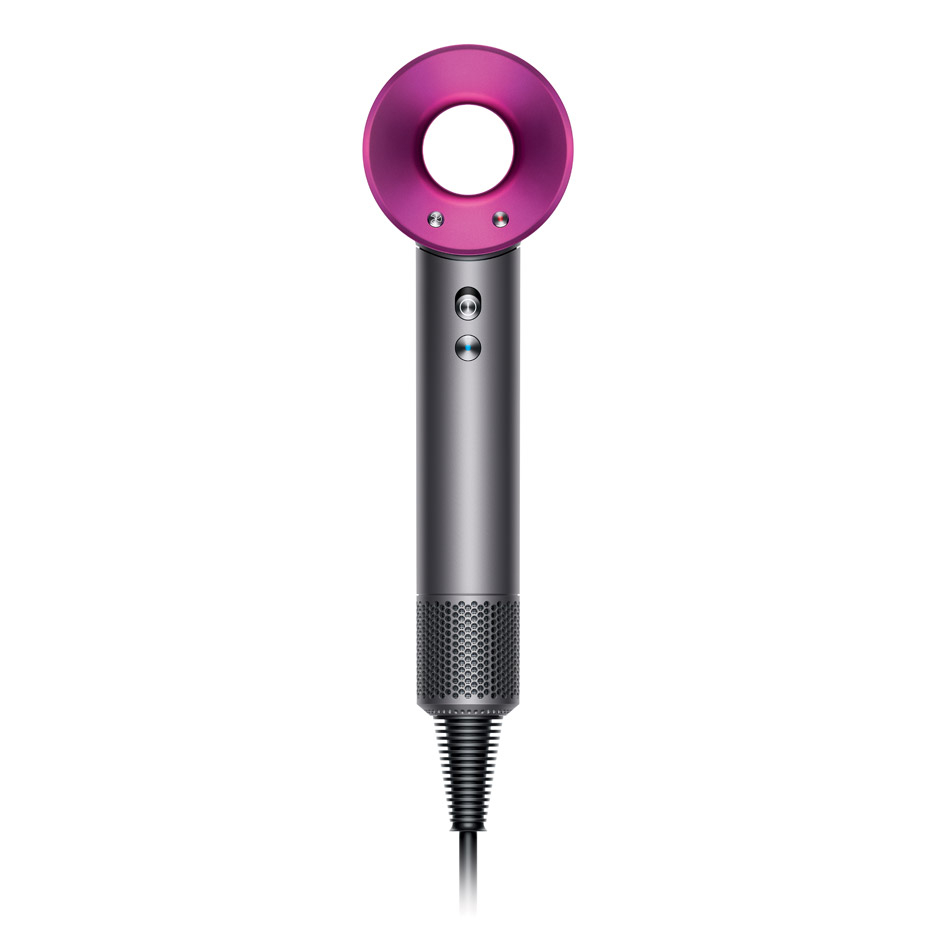
"Hairdryers can be heavy, inefficient and make a racket," said James Dyson. "By looking at them further we realised that they can also cause extreme heat damage to hair."
"I challenged Dyson engineers to really understand the science of hair and develop our version of a hairdryer, which we think solves these problems," he continued.
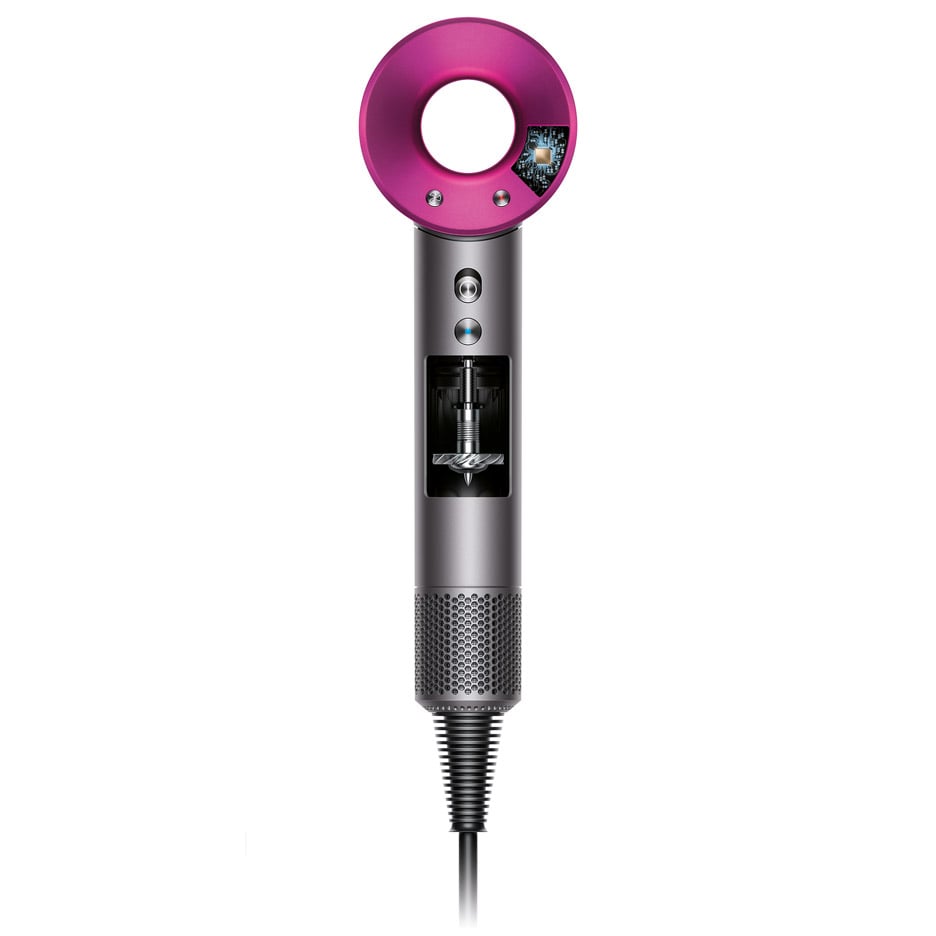
Dyson said its engineers had studied over 1,010 miles of real human hair to understand how it reacts to various stresses.
In response to these observations, the company has added a thermistor – a type of electrical resistor that reacts to heat – inside the device.
This measures the air temperature 20 times every second and transmits the data to a microprocessor, which then controls the heating element to prevent hair from becoming too hot.
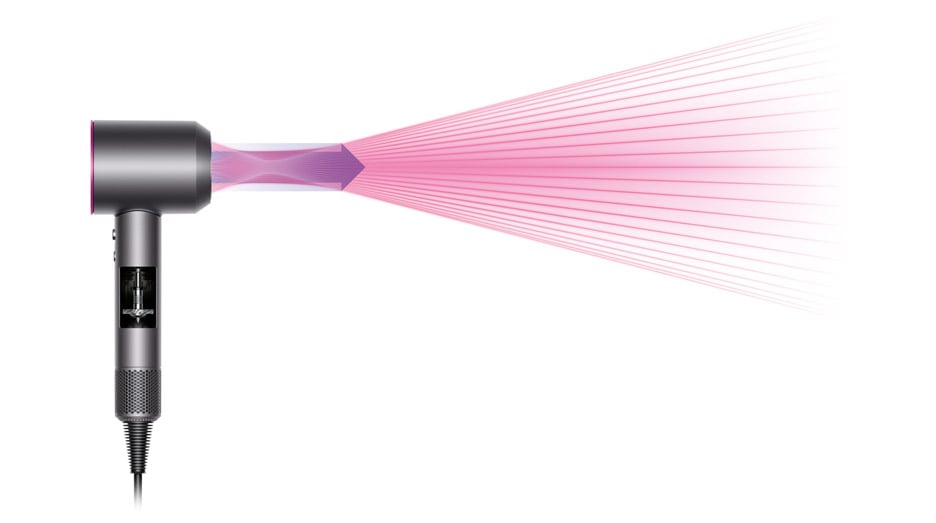
The team also worked to minimise noise emitted from the hairdryer by adding extra blades to the device's internal motor, which generates air flow.
"By giving the motor impeller 13 blades instead of the usual 11, we pushed one tone within the motor to a sound frequency beyond the audible range for humans," said Dyson.
The hairdryer is powered by the company's patented V9 digital motor, which was created in-house specifically for this machine, and is said to be up to eight times faster than other hairdryer motors and half the weight.
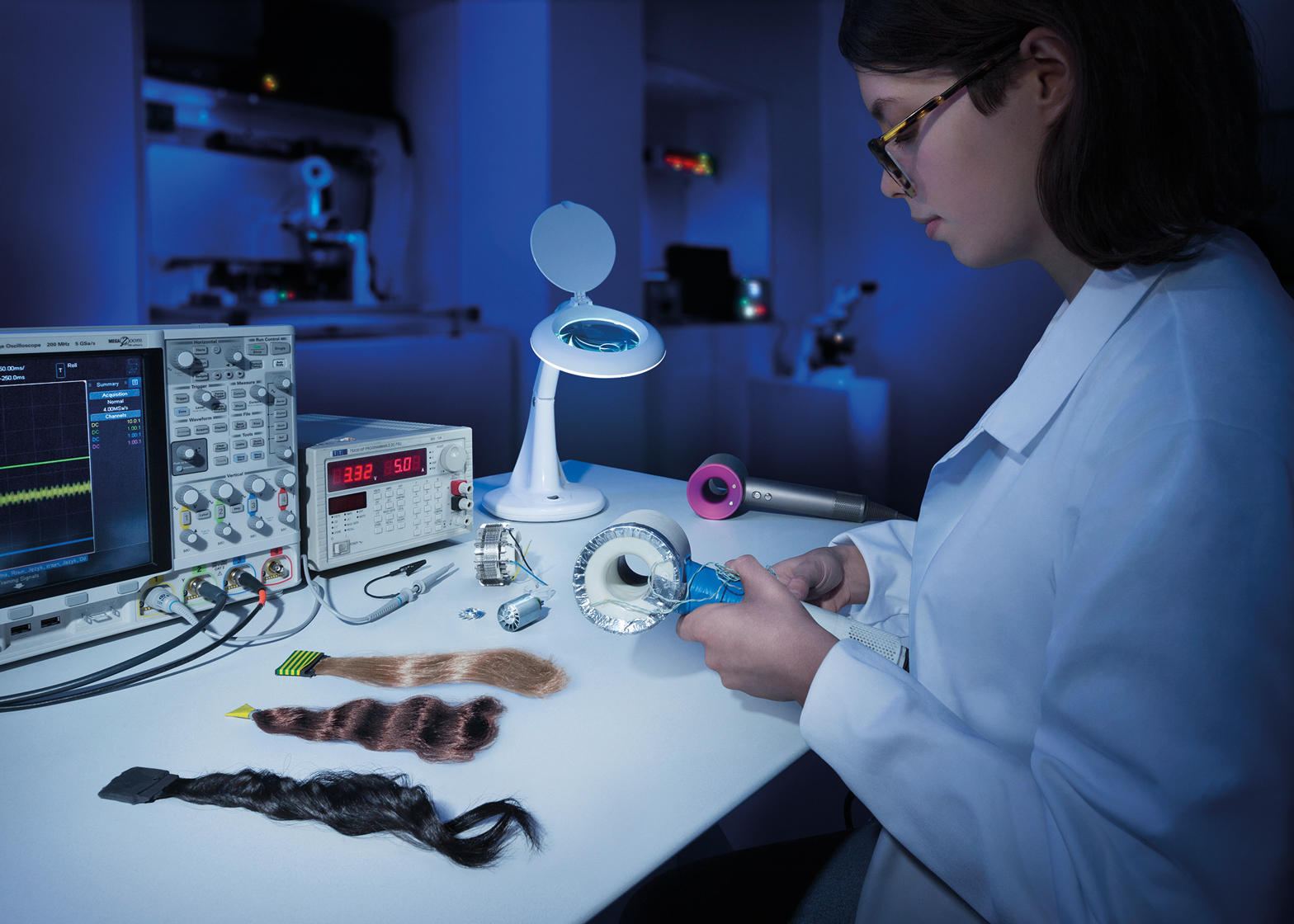
Like the company's humidifier, fan, and heater, the hairdryer uses Dyson's patented Air Multiplier technology, meaning that it doesn't have any visible blades.
Instead air is pulled in through the base by the blades attached to the motor, and forced up and out through slits around the top, dragging air around the opening in the same direction.
According to Dyson, this technology amplifies the volume of the air drawn into the motor by three, producing a consistent, high-pressure jet.
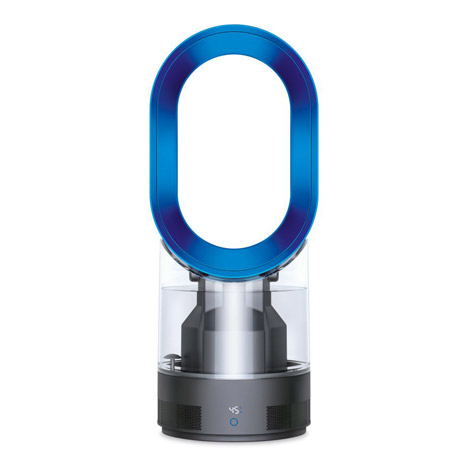
"Traditional hairdryers can sometimes have a weak airflow, meaning they are slow, and others can have strong airflow, but it is not necessarily controlled," said Dyson. "The Dyson Supersonic hair dryer creates a focused jet of air, angled at 20 degrees for controlled, precise drying and styling."
The device comes with three attachments, including a smoothing nozzle and a diffuser, and will be available to purchase from June 2016 for £299.
Dyson is not the first to try to rethink the hairdryer. Last year, a design that uses bamboo cylinders as alternatives to tubes of plastic was named as the winner of the Grand Prix at the Design Parade festival in Hyères.
Video directed and produced by Nick Livesey.